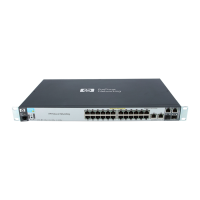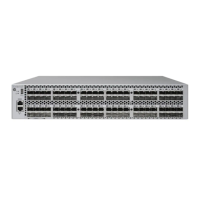Introduction to TMF
HP NonStop TMF Management Programming Manual—540140-008
1-3
TMF Basic Concepts
capability to write your own management applications allows you to tailor them to the
needs and configuration of your system.
Examples of possible applications for using the programmatic interface to TMF are:
An application that checks the status of TMF and monitors the transaction rate at
each node of a network
An application that monitors events generated by the TMF management process
pair (TMP) to determine if restore-audit files have been dumped successfully
TMF Basic Concepts
This section of the manual summarizes the most important concepts and components
in TMF.
For a more detailed overview, see the TMF Introduction.
Transactions
Fundamental to TMF is a programmatic construct called a transaction. A transaction
is an explicitly delimited operation or set of related operations that alters the content of
a database.
The range of a transaction is identified within the application program by a pair of
statements:
BEGIN WORK and COMMIT WORK in the NonStop SQL/MP environment
BEGIN-TRANSACTION and END-TRANSACTION in other programming
environments
All operations within the range of a transaction are treated by TMF as a single unit:
either all of the changes performed by a transaction are made permanent (the
transaction is committed) or none of the changes are made permanent (the transaction
is aborted). If a failure occurs during the execution of a transaction, whatever partial
changes were made to the database are backed out, leaving the database in a
consistent state.
Audit Trails
Before a transaction permanently commits its changes to the database, information
about the affected database rows or records is written to the audit trail. An audit trail is
a series of files containing audit records and TMF control records.
Audit records contain before-images and after-images of all database rows or records
affected by a particular operation; it is typical to have several audit records per
transaction.
Control records identify transaction-related events such as transaction committed,
transaction aborted, undo incomplete, subsystem configuration, and state information.

